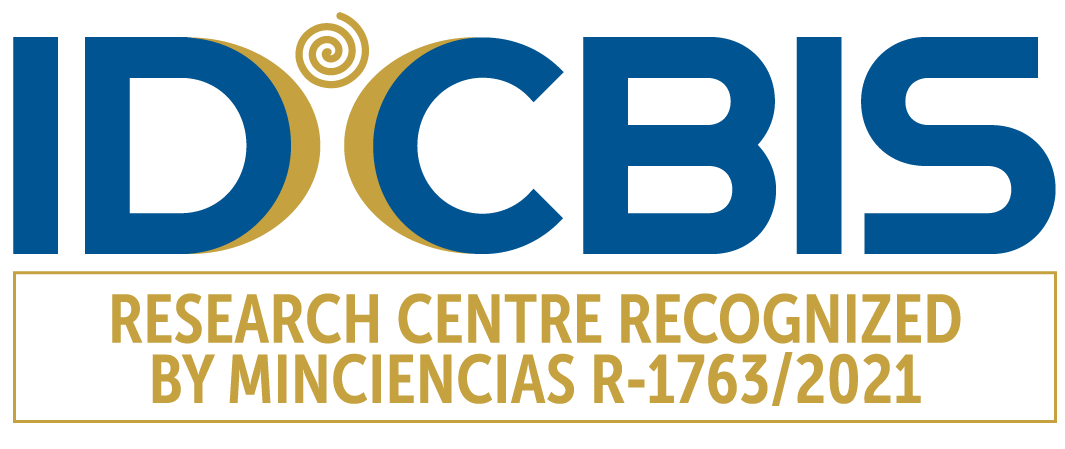6 IDCBIS publications in indexed journals show important results of research in advanced therapies.

From 2017 date of creation of the District Institute of Science Biotechnology and Innovation in Health, IDCBIS, linked to the Health Sector of the Capital District, six publications have been made in indexed journals. Each one has been developed based on the lines of research in advanced therapies, regenerative medicine and transfusion medicine.
The efforts of IDCBIS researchers have resulted in the generation of impact knowledge, since the indexed journals are high quality research publications that are listed in databases that can be consulted worldwide.
IDCBIS is currently a national and international reference in its fields of performance. A very important part of the Institute's progress is due to the research conducted by the GIMTTyC group, recently categorized as Group A by Colciencias.
Before becoming the IDCBIS, the institution was recognized as a District Hemocenter, and research in transfusion medicine was carried out. Since then, research progress has become more and more frequent at the Institute, using the curiosity to generate new knowledge based on experience as a driving force. These processes have been achieved thanks to the collaboration of researchers with high degrees of specialization in their areas.
The following is a tour of published research that has resulted in a breakthrough in treatment for patients in need of skin or blood-forming cell transplants.
1 Gamma ray skin preservation study
In this study, Dr. Bernardo Camacho, director of the Institute, and Dr. Linda Guerrero, director of the IDCBIS Skin Bank, conducted a study in which gamma ray irradiation is tested on skin used in transplants.
This work was developed comparing irradiated and non-irradiated transplanted skin with observation of the results. As a conclusion it was found that skin irradiated with gamma rays contributes to close wounds with higher quality and safety when transplanted.
2 Increased chances of cord blood cell transplantation through a new collection strategy.
Donated units of cord blood forming cells can be used in transplantation to help patients with severe blood diseases, for this reason they are collected in the Public Cord Blood Bank. Not all units can be used as some do not meet the required number of nucleated cells.
In this investigation, developed by the team of the Public Cord Blood Bank, procurement methods were tested with which a greater amount of nucleated cells can be obtained for each unit, giving each donation a greater chance of becoming a possible transplant.
3 Improved procedure for thawing umbilical cord blood units
Cord blood cells are frozen at -196 degrees Celsius for preservation. In the thawing process prior to transplantation, there is a risk of significant cell loss. In the development of this study, a method is described for thawing the units in order to maintain a greater amount of cells.
4 Feasibility study thanks to segments in cord blood units
The umbilical cord blood units that are processed have small segments attached to them, with which tests can be done to verify that the respective unit is suitable for transplantation. In this research we can find an example of how the quality of a unit can be verified before being thawed thanks to these segments, taking into account some margins of error that are emphasized.
5 Identification of a genetic variant found in Colombia
Through this research conducted by the IDCBIS Public Cord Blood Bank team, a genetic variant reported for the first time from Colombia was discovered. This discovery is of great importance, since knowing new variants allows to make predictions worldwide about which population could have a higher probability of a donor for certain patients.
6 Study of genes in umbilical cord blood units donated by Colombian mothers
This study reveals gene frequencies in umbilical cord blood units in Colombia that allow us to identify characteristics in our population, with which we can improve the search processes for potential donors; this in order to help patients with serious blood diseases.
In addition to the publications carried out, two new research studies have been submitted for publication: one by the IDCBIS Advanced Therapies Unit to the journal Stem Cells International and another submitted by the IDCBIS Public Cord Blood Bank team to the International Journal of Molecular Sciences.
- Comparison of different skin preservation methods with gamma irradiation – Published in Burns in 2017
- A new strategy for umbilical cord blood collection developed atthe first Colombian public cord blood bank increases totalnucleated cell content – Published in Transfusion in 2017
- Original title: Improved cord blood thawing procedure enhances the reproducibility and correlation between flow cytometry CD34+ cell viability and clonogenicity assays- Published in cytotherapy in 2018.
- Cord blood attached-segments are not homogeneous in post-thaw CD34+ cell viability and clonogenicity – Published in Cryobiology in 2018
- Identification of the novel HLA-DRB1 allele, DRB1*14:183, in a Colombian umbilical cord blood bank donor – Published in Wiley HLA in 2018
- HLA -A,-B,-C and -DQB1 allele and haplotypofrequencies of 1463 umbilical cord blood units typed in high from Bogotá, colombia. – Published in Human Immunology in 2019





